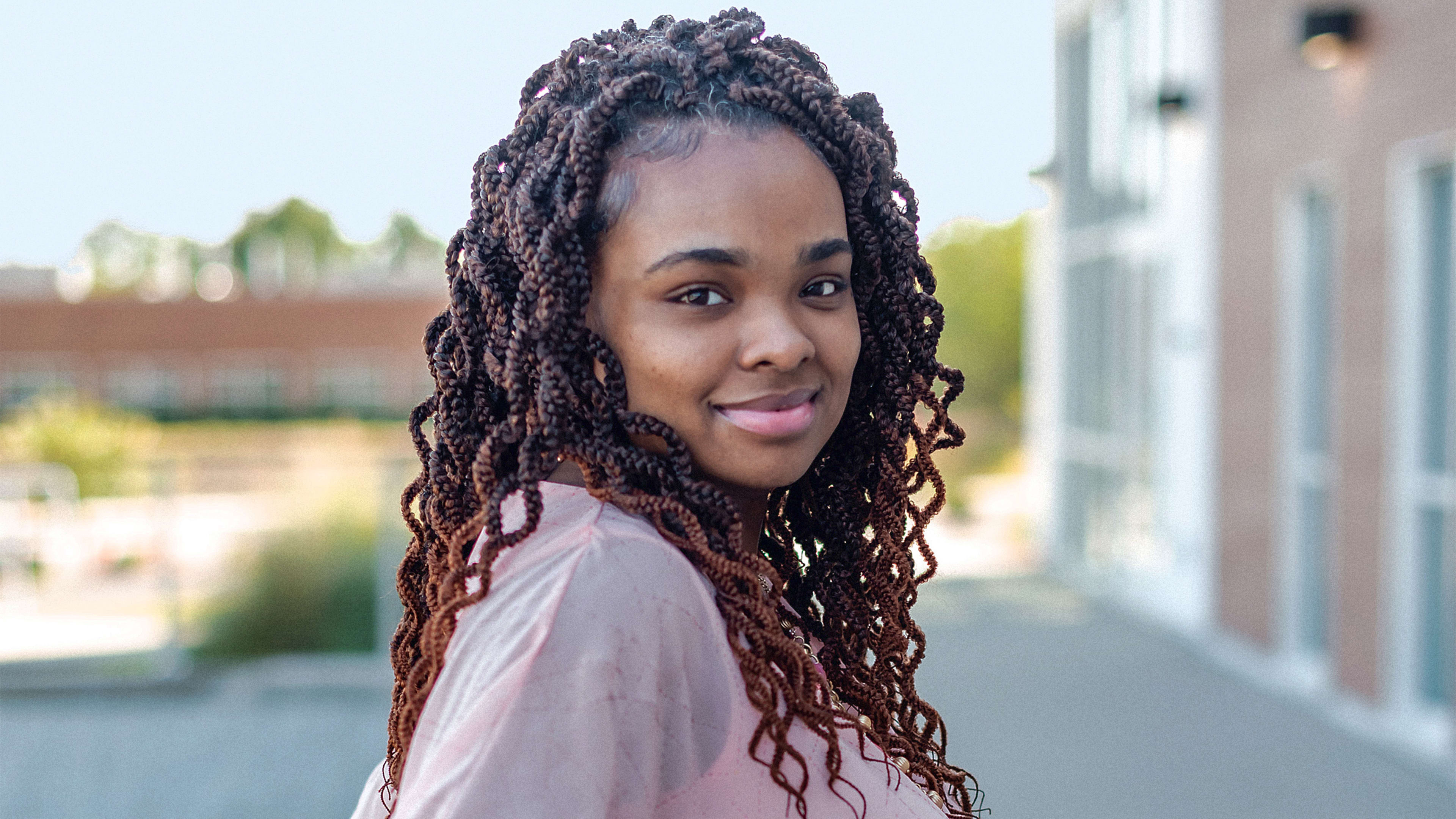Denishia Macon is the lead graphic designer and design consultant for Macon Designs. She spoke to Doreen Lorenzo for Designing Women, a series of interviews with brilliant women in the design industry.
Doreen Lorenzo: How did you find yourself in the design field?
Denishia Macon: When I was younger, I always enjoyed sketching and drawing items around the house. I knew I liked art, but I didn’t know what graphic design was until I went to college. During my high school years in Columbia, South Carolina, they had a graphic design class at the Heyward Career and Technology Center where I was introduced to design programs such as Adobe Photoshop and Quark. From that point on, I knew I wanted to major in graphic design and get into that career field. Right after I graduated from the University of South Carolina, I started looking for a design job, which I quickly discovered that the jobs are highly competitive in the real world. So I actually ended up working at my alma mater in an administrative role. It was about two years after graduation that I decided to create my own brand and start doing freelance graphic design.
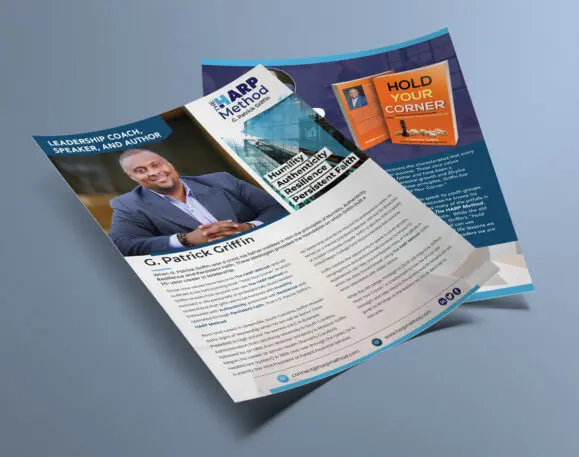
DM: While working at my first full-time job, I realized that I wanted to make more of an impact with my own work. I wanted to create and design materials that were unique and new. So I started doing small freelance projects locally by reaching out to my network to see if anyone needed design work done. I kept working my first job because getting clients is not as easy as it sounds, especially when you’re just getting started. I had to start networking more to meet new people which I didn’t do a lot of in college, so I was continuously learning as I was freelancing. My vision for Macon Designs was to take someone’s ideas and make them a reality. When someone thinks of something that they want to create, and they don’t know how to create it, I want to be the person that’s able to bring it to life. When I see a client excited to see their brand realized in front of them, that’s what makes me happy. It makes me feel that I am truly using my talents. My goal was to take these creative identities inside people’s minds and create them to functionally work in the outside world. That vision of mine is still the same today.
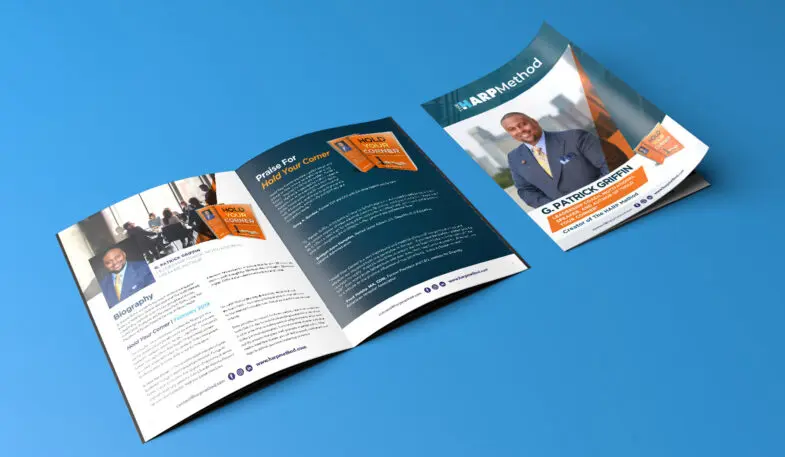
DM: When I first started, I used to think about design as a one-time project, but throughout the years I realized branding is truly about the full scope of things. Brand design is not one and done. It’s a constant evolution that builds around an identity. That’s what I work to explain to my clients. Many of them are small-business owners who are wearing a bunch of hats. They may not consider how visual design is impacting their business. But I tell them, “When you’re communicating to your customers, you have to think about how their perception of you is evolving.” They’re looking at your brand’s consistency and that develops into brand loyalty. Branding can grow into something larger, but it has to build from a foundation that has a clear vision and mission.
DL: We’ve seen a lot of brands in the last several weeks taking stands on social issues. How do you think visual communication plays a role in that?
DM: Visual communication is so monumental on social media when it comes to giving exposure to these social issues. A few of my clients have asked for social graphics to communicate about the recent protests and relay information to their customers. As messages are being spread about the equal rights movement, visual communication has become the art of educating others. For example, more people were recently educated about Juneteenth, which is a celebration of the day that enslaved people were freed in America two and a half years after the Emancipation Proclamation. It’s a very significant event in history. Design made it become an easily shareable piece of content on social media. It’s been fulfilling for many people to share this information. Design is all about educating people: letting them know why things are happening and why it’s important.
Now is not the time for brands to stay silent. Brands should definitely speak up, but they also need to keep their branding in mind so their customers will know where the message is coming from. I’ve seen many graphics getting reshared on other platforms, so it does help to brand content so when people see it they’re like, “Okay. I know that business. I recognize it.” Design can help educate, while also staying on brand. Consistency shows consumers that a brand cares.
DL: Communicating this way through social media is fairly new. Is that something you had to teach yourself?
DM: Yes I definitely did because we didn’t talk about how to brand yourself on social media at all when I was in college. We had the platforms, but they never taught us how design can affect social media. Once I graduated, I had to experiment to learn how to use social media to reach your audience and how it could impact others. Many companies are just now realizing how important social media is. You can’t ignore it, because the current generation is really paying attention to what’s going on through social media. Brands have to come out and speak on current social issues, or their customers could form their own opinion of what the brand stands for. If they think your company doesn’t care, then they start spreading that opinion before the brand can say otherwise. Brands have to stay ahead of the curve, because social media is powerful. It can change perceptions so quickly.
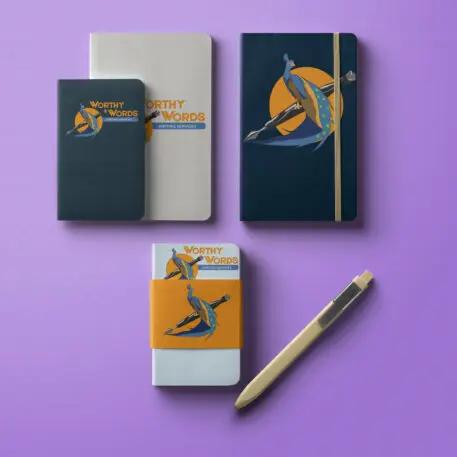
DM: Think about your foundation. Your foundation starts with having that mission statement and vision for your brand. If you don’t have that foundation then you can’t control where you’re going. You have to start from somewhere. Neglecting those initial steps can make your brand look uncoordinated. It may be harder for a new potential customer to even trust you if they feel they don’t know who you are. I have had a couple of people come to me needing a logo for a new business idea. Then I ask, “Okay, well, what’s your mission?” Their response, “I just want to make money or everyone is my target audience.” That’s where I usually inform them that, “I need something more. What’s your vision? What’s your goal with your business?” Those things make a brand go from an idea to a concrete concept grounded in reality. When you consistently communicate that strong creative identity, it helps your audience to trust you. Also, set expectations and have open communication with your customers. One of the ways to do that is by using your email list and social media pages to speak to them. You don’t want your customers to feel like they’re just another dollar, that you don’t care about them after the sale. You want your audience to feel valuable.
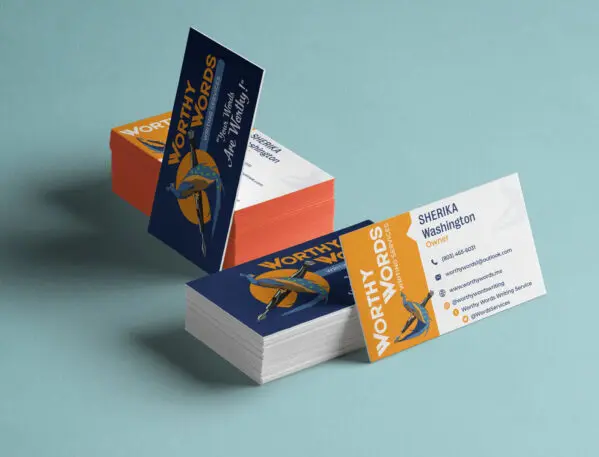
DM: Developing a community is the biggest thing—someplace where we can give support to others, especially to other designers. I know that was happening before COVID-19 hit and we were able to have local meetups in our communities. But once things started going more digital after COVID-19, I joined several different Facebook and LinkedIn business groups. Through there, I’ve met so many other designers in different locations. We’ve created a community where we can engage with each other, share our work, give feedback, and ask questions. Before I joined any type of community, I felt so alone. You have your clients, but you often feel like, “Man, I need a new perspective, but I need it from a designer.” It’s nice when you meet other designers and you can throw ideas back and forth. The Internet is helping us to connect with so many new people that normally we would have never met. I have quite a few friends that are in totally different states from me and we talk almost every day. That’s the awesome part about the Internet. You can network so much easier now. I’m very introverted, so for me, networking at a conference can be intimidating, but when I’m online, I can look at someone’s posts and their background before I speak to them. In the real world, you just see them in the physical. You don’t know anything else. You have to probe for that type of information.
I would also say that the design industry is a whole different world [when you’re] an African-American designer. I feel like sometimes we have to work a little bit harder to get noticed. We really need to provide more support for our next generation, especially the students. Personally, I would love to have a scholarship for minority students who are interested in design careers, because when I was in school, art wasn’t promoted like a viable career. It was encouraged to become a doctor or lawyer for instance, but no one really said much about the possibilities in art and design. Now I’m thinking about all of these creative kids in the new generation who don’t know where they want to go and need us to nurture them. That’s how you give back, by reaching out and providing support to the next generation.
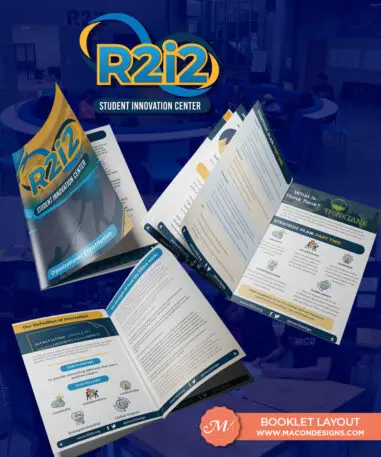
DM: Design is the foundation for pretty much every business and brand, so it’s not going anywhere. With today’s technology, many brands are communicating with the market in a more digital space than they used to in the past. Not only do we have to think about design, but we have to think about our workflow, our process, and the collaboration among other designers. I would like to see a push for more inclusivity within the design community. Many groups I’ve joined all seem to segment into themselves. People often only congregate with people that are similar to them. I would like to see all kinds of designers together in one community. We can really learn from each other, and these experiences will shape how we all create, which is why diversity in design is so important to our future.
DL: What would you tell the up-and-coming designers now?
DM: Keep practicing and don’t give up so easily. When I first started, I was just out of college and I had to learn so much because real life is so different from a college class. We look at that project and we’re just trying to get an A on it, but real life is not like that at all. It’s not so structured. Keep observing the world and using it as inspiration for your design. Continue to challenge yourself with new techniques and visuals. Learn to network with other people, even if they’re designers, too. It’s not about competition all of the time. Developing relationships is essential. People will remember how you treated them as well as your talent. You don’t want to be that talented person that no one wants to deal with. You want to be relatable. You want to share knowledge. Don’t be afraid to share what you know, because even if you tell someone about a technique, they have a totally different mind from you. It’s still going to come out different. We shouldn’t be afraid of that. Collaboration gets us further than competition ever will.
Recognize your brand’s excellence by applying to this year’s Brands That Matter Awards before the early-rate deadline, May 3.
